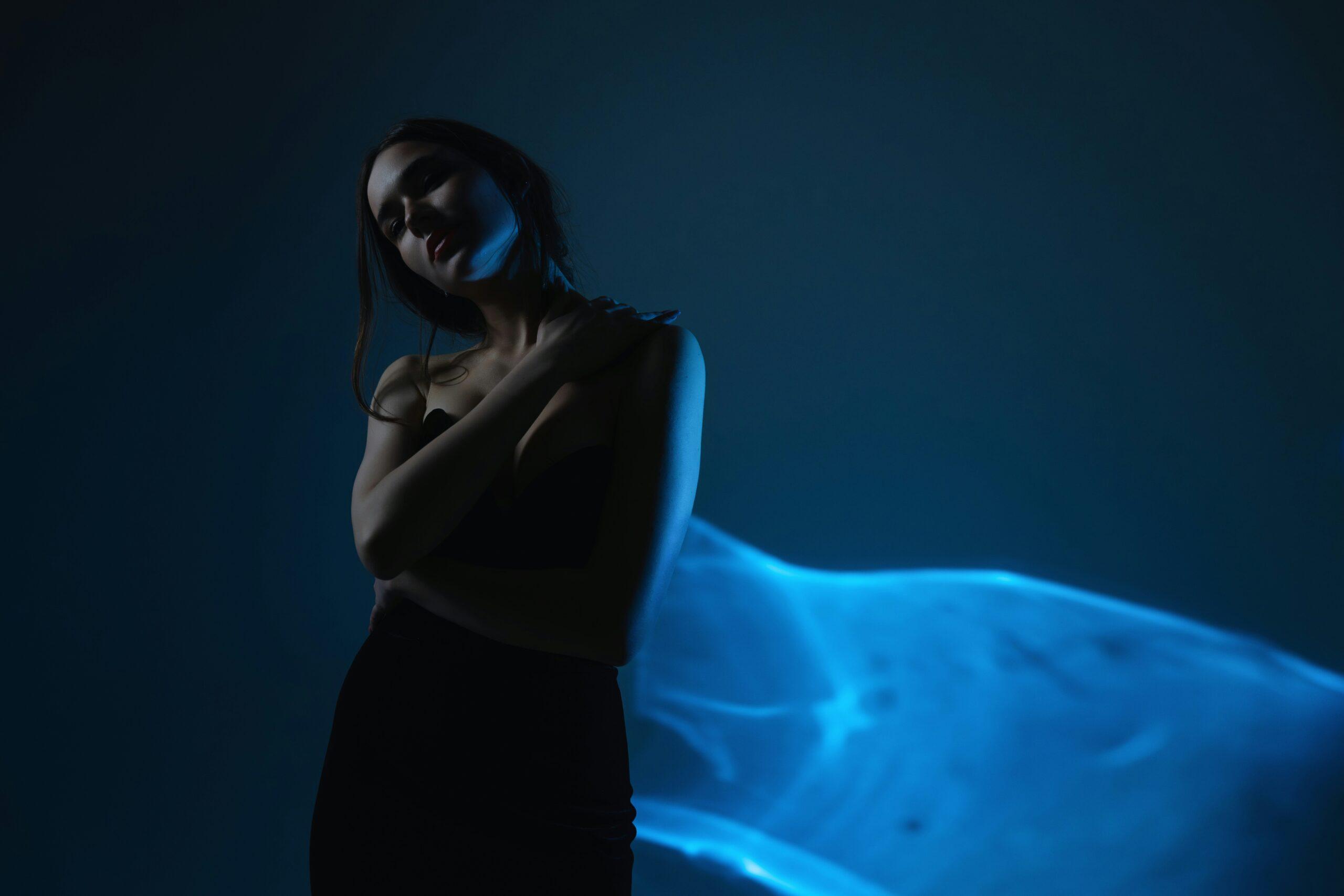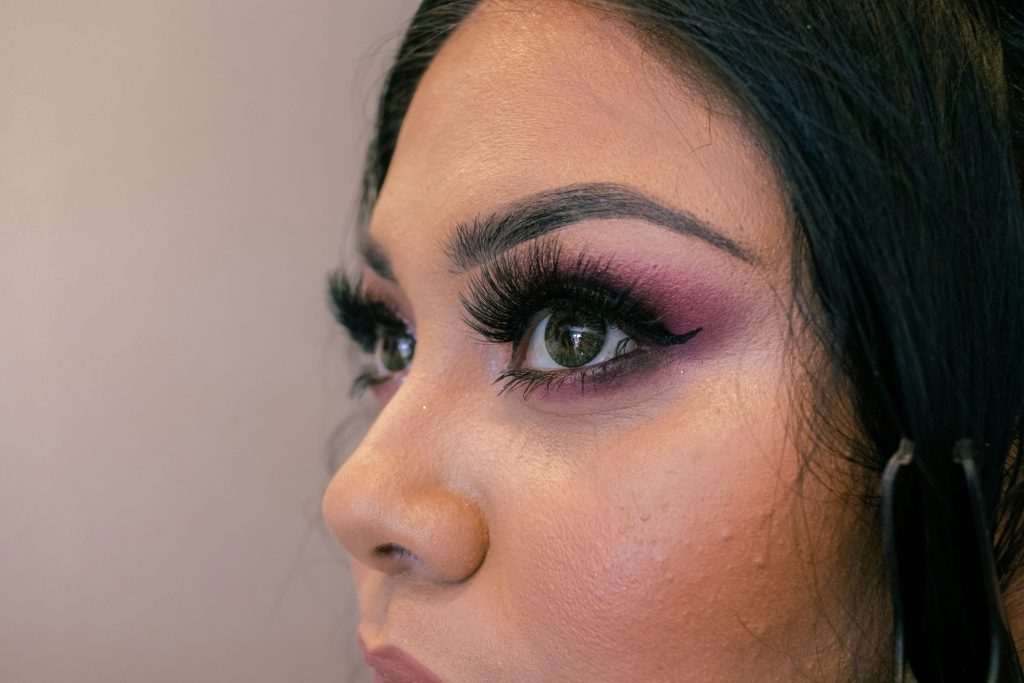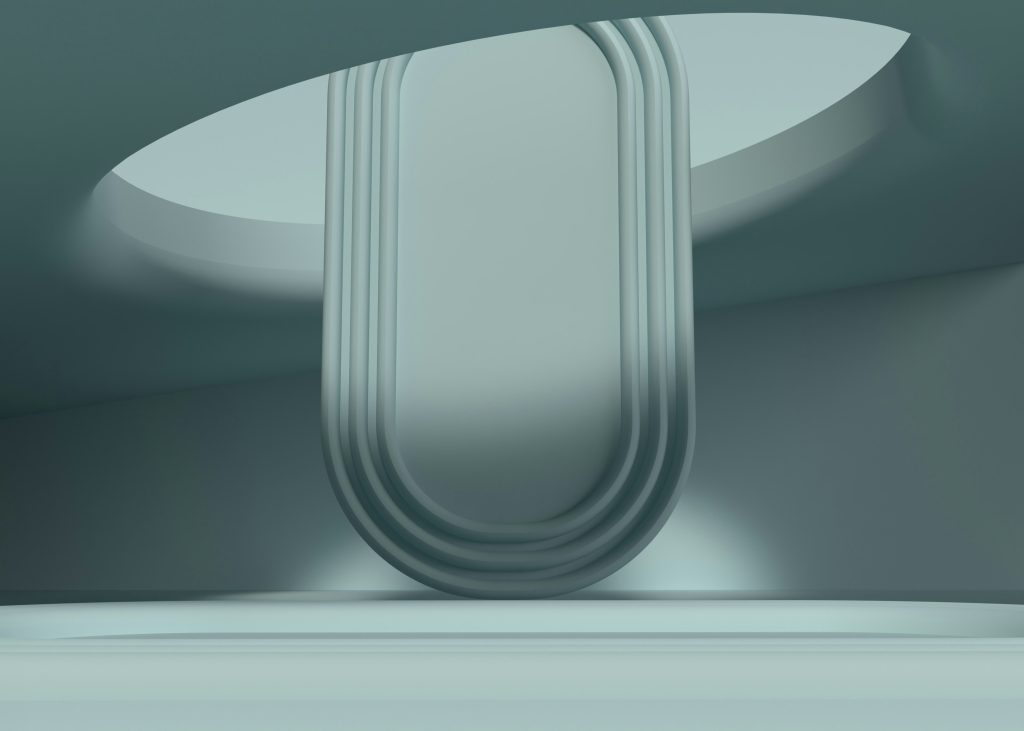Table of Contents
- Introduction
- Key Takeaways
- Why Makeup for Photography Matters
- Step-by-Step Guide to Perfect Makeup for Photography
- Pro Tips and Best Practices
- Real-Life Examples of Stunning Makeup Artistry in Photography
- Frequently Asked Questions About Makeup for Photography
- Conclusion
Introduction
Ever wondered why your makeup looks flawless in the mirror but completely washes out under camera lights? Yeah, us too. It’s a rookie mistake many makeup artists—and even seasoned photographers—fall victim to. But fear not, because we’re diving deep into the art (and science) of creating makeup that shines both on-screen and off.
In this guide, you’ll uncover everything from choosing the right products to mastering techniques that make skin glow like it’s been kissed by Instagram filters. By the end, you’ll know how to tackle “makeup for photography” like a pro.
Key Takeaways
- Understanding lighting is crucial for makeup tailored to photoshoots.
- Matte finishes often work better than dewy ones in studio settings.
- Contouring can enhance facial features dramatically in photography.
- Always prime and set your foundation to avoid shine or smudging.
Why Makeup for Photography Matters
Here’s the truth: the same makeup that works wonders IRL might look flat—or worse, overly shiny—under professional lighting. Cameras are unforgiving beasts. They highlight every pore, uneven texture, and mismatched shade.
I once did a bridal photoshoot where the client insisted on skipping primer because she thought her “natural glow” would look great. Spoiler alert: it didn’t. Her T-zone turned into an oil slick faster than you could say “cheese.” A quick fix saved the day, but lesson learned—prep is non-negotiable.

Cameras also pick up fewer colors than our eyes do. That means those soft pinks and subtle highlights you love so much in natural light? Gone. Unless, of course, you adapt your technique—which brings us to our next section.
Step-by-Step Guide to Perfect Makeup for Photography
What Foundation Should You Use?
Optimist You: “Any foundation will work!”
Grumpy Me: “Ugh, fine—but only if you want patchy streaks haunting your close-ups.”
Choose long-wearing, high-coverage foundations designed for photo sessions. Matte formulas tend to fare better unless the shoot specifically calls for a dewy aesthetic.
Do You Really Need Primer?
Yes, yes, a thousand times yes. Primer smooths imperfections, minimizes pores, and ensures longevity. Trust me; no one wants to photoshop out forehead shine later.
Should You Skip Blush?
Nope! But amp it up slightly. Powder blushes layered over cream formulas create dimension without looking cakey.
How Important Is Contouring?
This strategy is chef’s kiss for drowning algorithms—or rather, enhancing structure. Use cool tones for contours and warm shades for highlighting to mimic realistic shadows.
Pro Tips and Best Practices
- Use translucent powder sparingly—it prevents flashback disasters caused by flash photography.
- Apply false lashes strategically; they open up the eyes beautifully in photos.
- Stay away from shimmery eye shadows under direct lighting—they reflect oddly and distract focus.
- Terrible Tip Disclaimer: Never rely solely on airbrush makeup. While trendy, it can appear too flat without proper blending.
Real-Life Examples of Stunning Makeup Artistry in Photography
Take celebrity shoots, for instance. Celebs like Zendaya consistently rock bold yet balanced makeup that adapts perfectly to varying lighting setups. Whether it’s red carpet glamour or editorial spreads, her team uses layers of matte foundation and sharp contour lines to ensure perfection.
Frequently Asked Questions About Makeup for Photography
Can I wear my everyday makeup for photography?
Technically, yes—but don’t expect stellar results. Everyday makeup isn’t built for harsh lighting conditions.
Do cameras really highlight oily skin?
Absolutely. Flashbacks and shiny zones are everyone’s nightmare. Set your base properly!
Is HD makeup necessary?
Not mandatory, but highly recommended. These formulas are designed to look seamless under camera lenses.
Conclusion
So there you have it—your insider guide to acing “makeup for photography.” From mastering primers to avoiding sparkly blunders, these tips will keep your portfolio glowing brighter than ever. Now go forth and conquer those photo shoots like the artist extraordinaire you are!
Like a Tamagotchi, your makeup game needs daily care. Keep practicing, adapting, and evolving. And remember, practice makes #Flawless.




